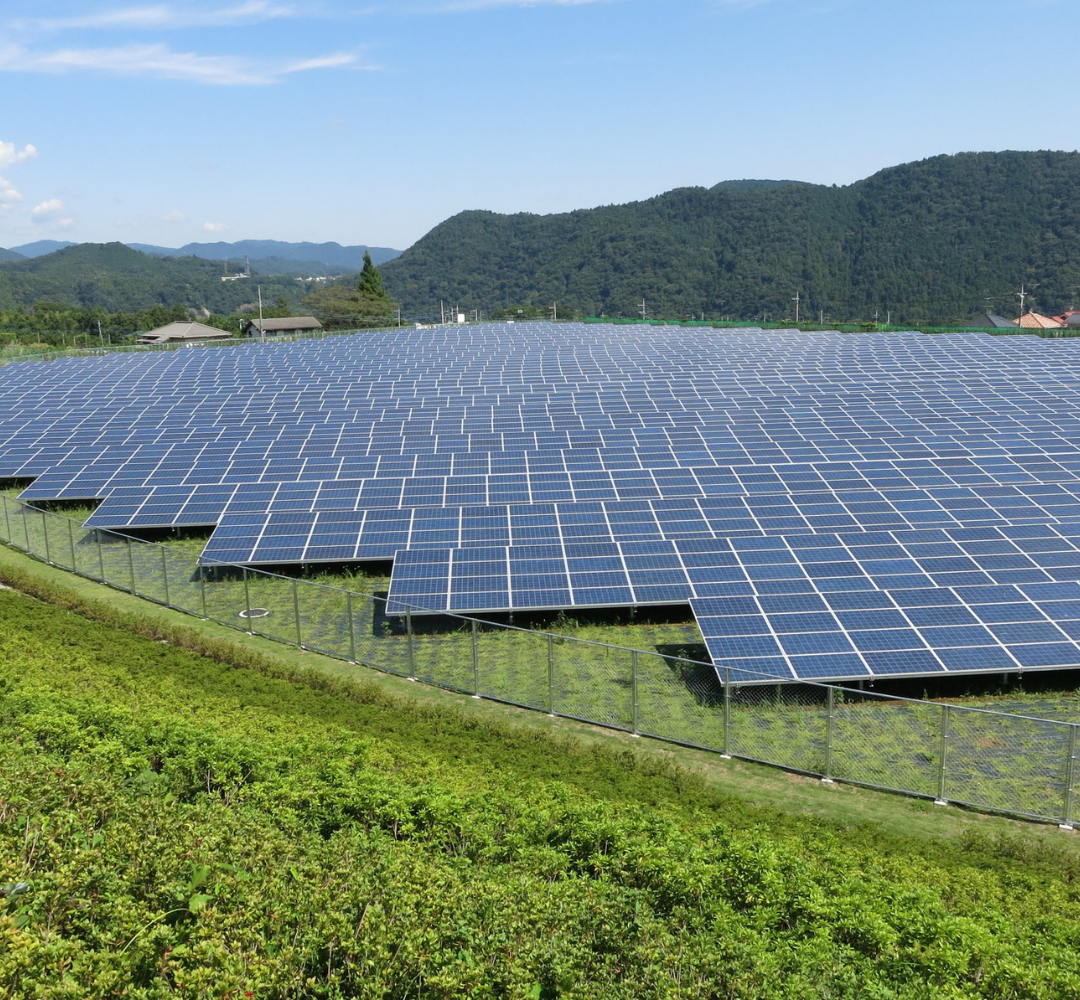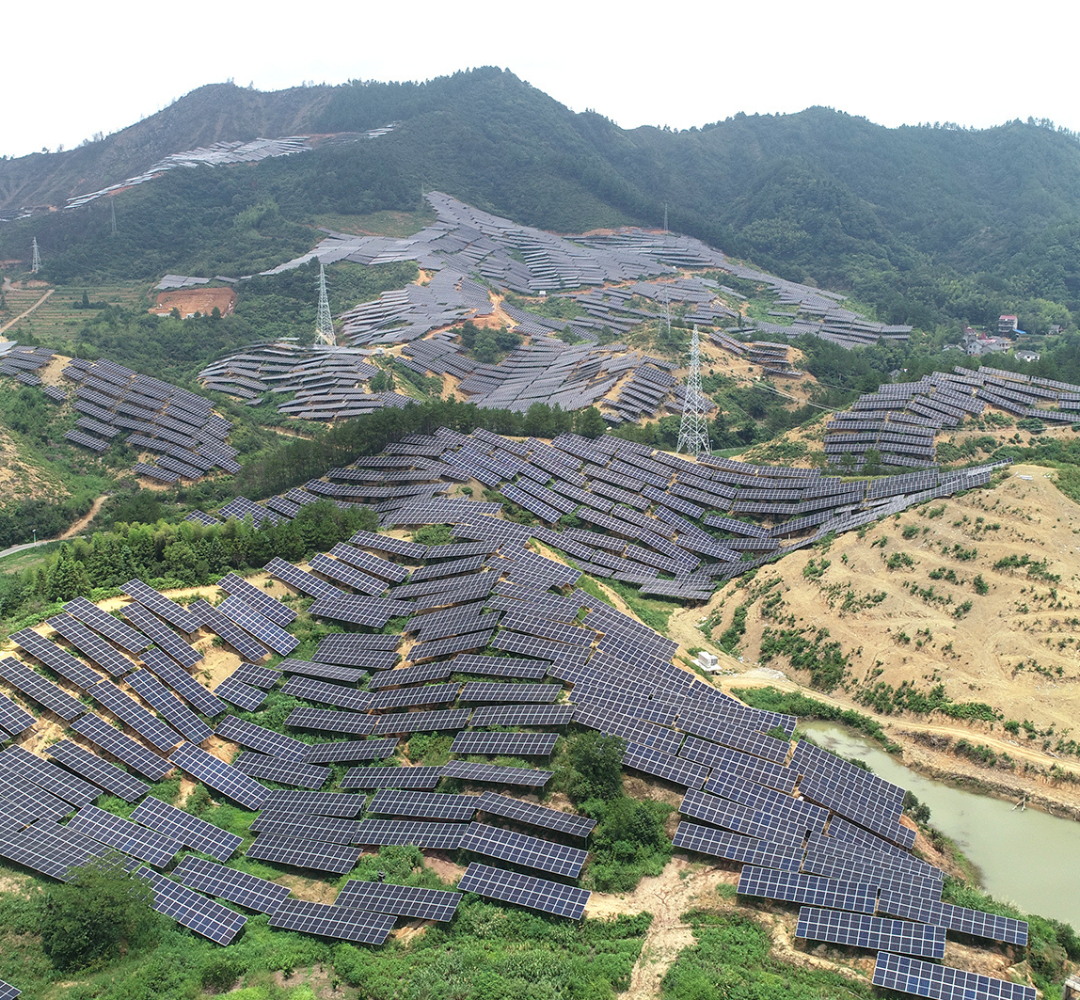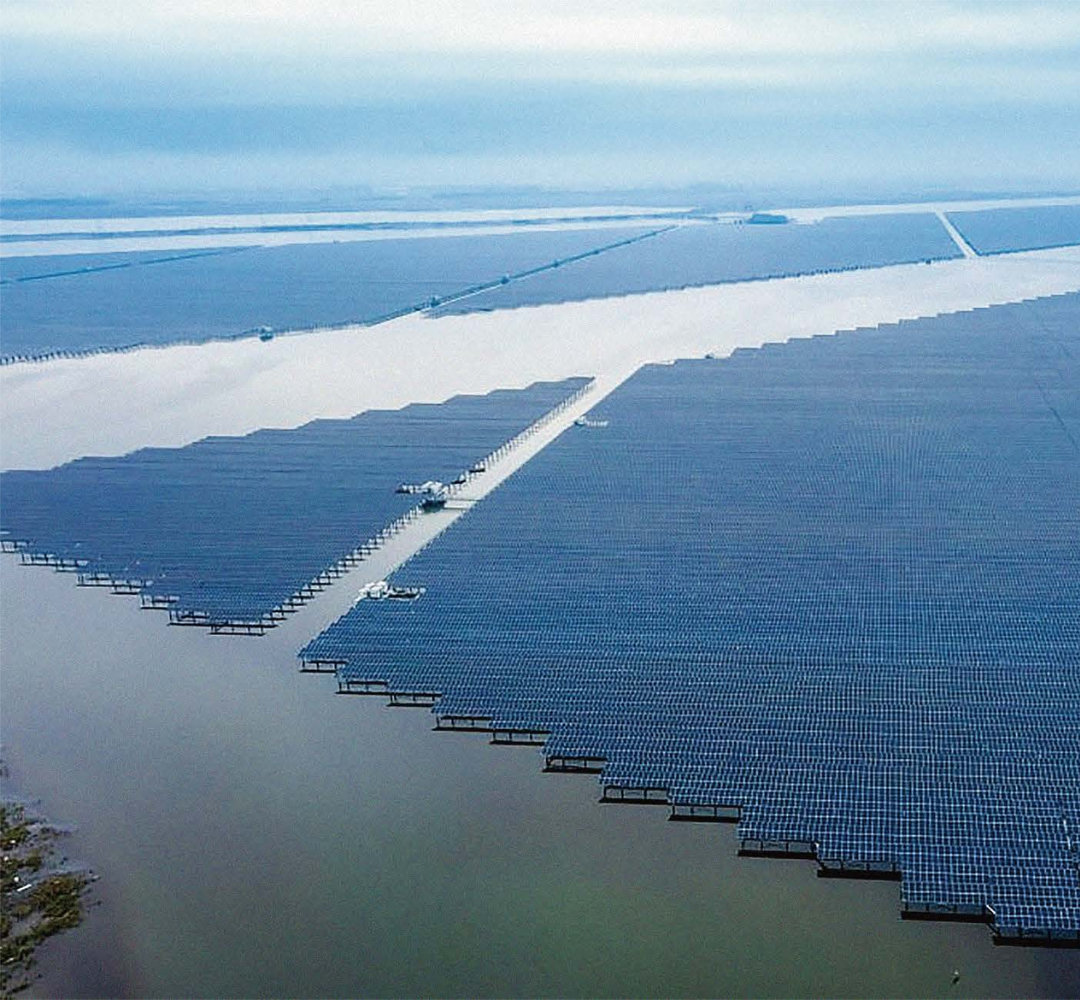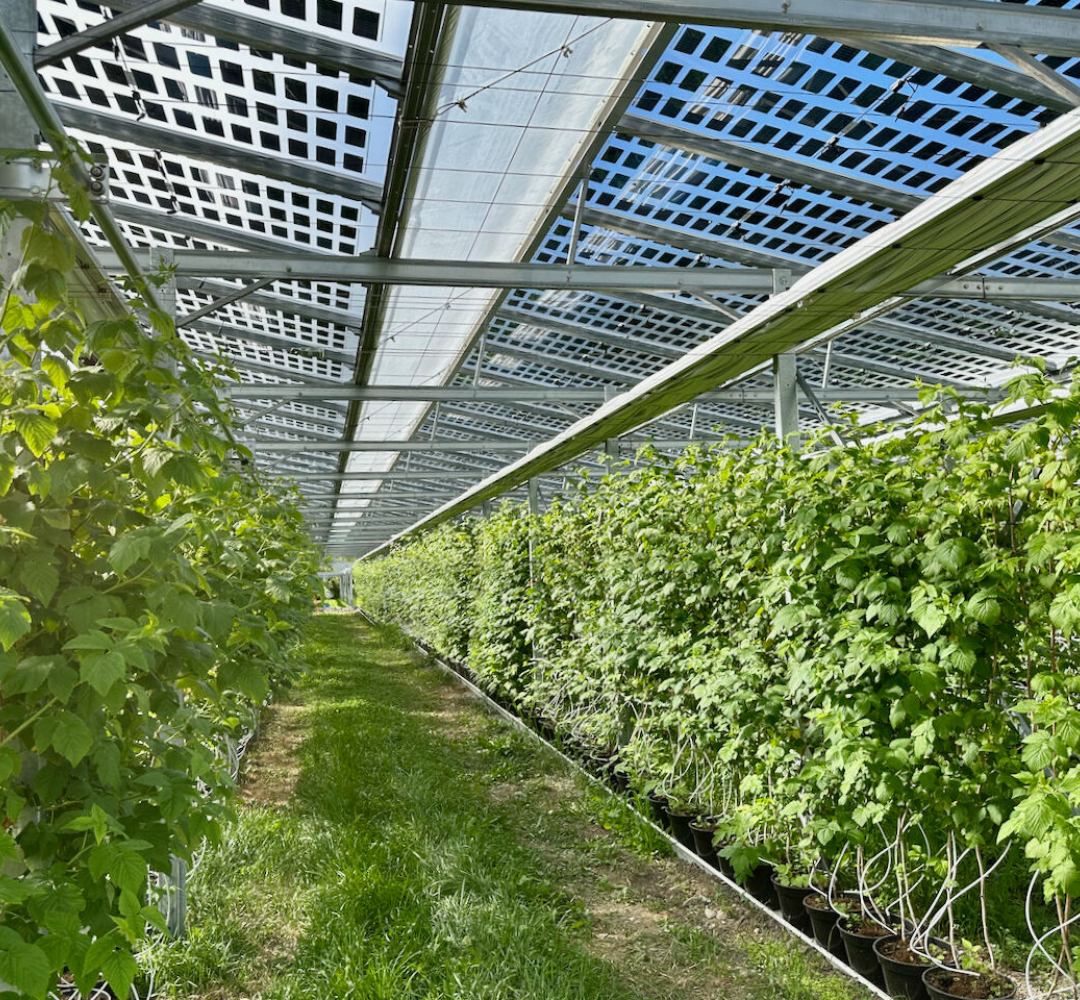Agrivoltaics: The Perfect Integration of Green Energy and Efficient Agriculture
As the global pursuit of green and sustainable development intensifies, the integration of "photovoltaic + agriculture" has become an irreversible trend. Photovoltaic represents the future of green transformation, while agriculture represents the foundation of national economy and people's livelihood. The integration of agrivoltaic farming has breathed new life into the most traditional agriculture.

Agrivoltaics Benefits
- Increased land use efficiency: Cultivating crops and generating electricity on the same plot of land maximizes land use.
- Economic benefits: Farmers can generate dual incomes from crop sales and power sales, while also reducing agricultural production energy costs.Crop protection: Photovoltaic panels can provide shade for crops, reducing heat stress and water evaporation, improving crop yields, and protecting crops from extreme weather.
- Environmental benefits: Agrivoltaics helps environmental protection by reducing water usage and carbon emissions.
- Promoting rural development: Agrivoltaics can create job opportunities, boost rural economic development, and support sustainable agricultural practices.
Agrivoltaics Example
Agrivoltaics| Changshan, China (100MW)
The project relies on the land development of this project, combined with the understanding of the distribution of local economic medicinal plant resources, we finally chose to plant Ailanthus to achieve agrivoltaic integration and form an efficient economic industrial chain.
The project adopts a decentralized power generation and centralized grid-connection scheme. It is expected to provide the grid with over 100 million kWh of electricity annually. Compared to coal-fired power generation of the same capacity, it can reduce annual carbon dioxide emissions by more than 8,500 tons, equivalent to planting over 480,000 trees per year.

Fishery-PV | Cixi, China (200MW)
The project covers an area of over 2,925 acres of water bodies, with a total investment of 1.4 billion RMB. It can provide 220 million kWh of clean energy annually.
By installing photovoltaic panels above the aquaculture water surface, it does not occupy additional farmland; it reduces water evaporation and inhibits the proliferation of algae in the water, which helps improve water quality, realizing the harmonious coexistence of fishery and photovoltaics.

Fishery-PV | Wenzhou, China (550MW)
The total land area of the project is about 7,400 acres, with a total investment of 2.45 billion RMB. It can provide 570 million kWh of clean electricity annually, and it has won the third prize of the 2024 Hangzhou Municipal Survey and Design Industry Outstanding Achievement Award.
The photovoltaic power station is built above the water surface. Floating solar power stations can reduce the shading effect of dust on the modules; the water body has a cooling effect on the photovoltaic modules, which can lower the surface temperature of the modules and improve power generation.

PV Greenhouse | Conthey, Switzerland (230kW)
300 transparent photovoltaic panels were installed on the greenhouse roof, not only providing clean energy, but also promoting the growth of strawberries and raspberries by regulating the light and temperature.
A major outstanding feature of this project is that the structure can be fully enclosed. This not only provides excellent protection for the crops, shielding them from the impact of extreme weather conditions, but also extends the growing season, thereby optimizing yields.

Other Applications
Agrivoltaic Farming: Integrating livestock and clean energy
Photovoltaic panels are installed above livestock farms or pastures, providing shade for the livestock while improving land use efficiency and also generating clean energy.
Solar Power Irrigation System: Combining clean energy and water-efficient agriculture
The photovoltaic irrigation system utilizes the electricity generated by the photovoltaic panels to power the water pumps for irrigation, achieving the integration of clean energy and water-saving agriculture.
Forestry Agrivoltaics: Harmonious integration of reforestation and photovoltaic power generation
By installing photovoltaic panels above forestland or tree canopies, not only does it not occupy precious farmland resources, but it can also promote the growth of trees while providing clean energy.
Conclusion
Currently, research on the intersection of photovoltaic industry and ecology is limited, and the development of agrivoltaics is fragmented without a systematic approach.
However, from both theoretical and practical perspectives, the integration of photovoltaics and agriculture is seen as a promising industry integration, with the potential to achieve synergies and sustainable business models. As public acceptance of clean energy and technological advancements continue to improve, the "agrivoltaics" model has great potential for the future.